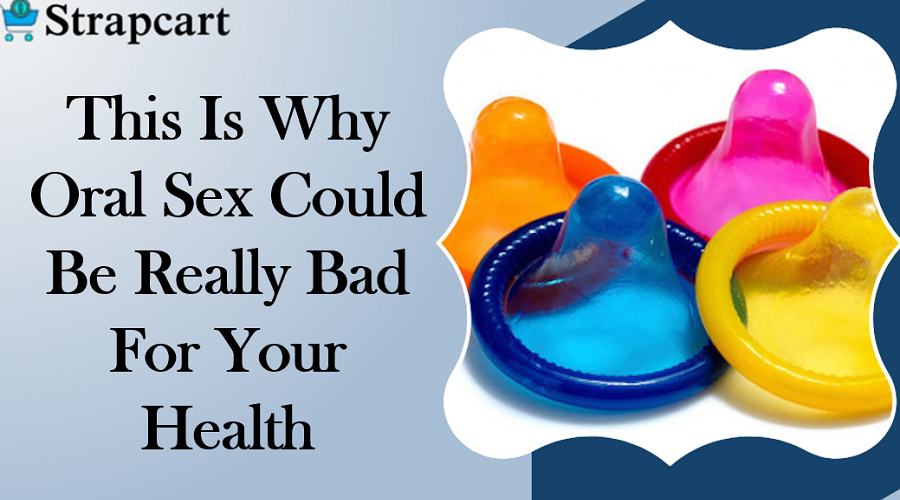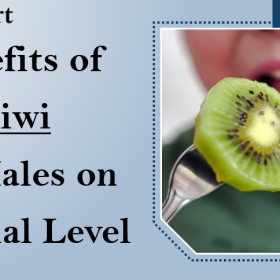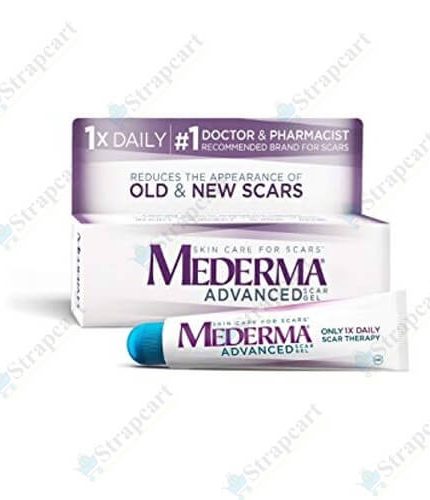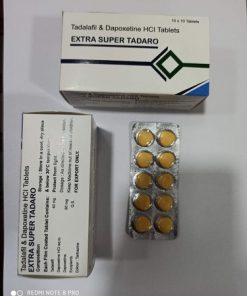Oral cancer in women was virtually unheard of ten years ago. Patients were almost exclusively over 50-year-old men who were heavy drinkers or smokers, or both. (The media cited actor Michael Douglas’ long-standing half-a-pack per day habit when he was diagnosed with the illness.)
However, there has been a significant increase in HPV-related oropharyngeal cancer, a fatal condition frequently found in the tonsils and base of the tongue, according to the Journal of Clinical Oncology.
According to the World Health Organization (WHO), HPV is actually responsible for up to 20% of all oral cancer cases. Women account for 25% of these cases, with some patients as young as 19, according to oncologist Dr. Gregory Masters.
However, how is HPV responsible for so many oral health issues? Considering how widely the virus has spread, medical professionals have long been afraid of it.
You are undoubtedly aware of the statistics, which state that HPV is the primary cause of cervical cancer in one in every 35 South African women. It is estimated that 21% of South African women are infected with cervical HPV at any given time. Furthermore, up to 80% of women who are sexually active may contract the virus, which can cause no symptoms or manifest as visible warts.
Most of the time, the HPV will be eradicated by the body’s immune system in two years (though there is still some debate regarding whether the same HPV infection can recur and cause cervical lesions in the future; this is still early research).
But some infected South African women—roughly 6,000 annually—won’t clear up and could get cervical cancer. The WHO has recommended that girls receive an HPV vaccination by the age of twelve due to this.
Safe-sex campaigns have thus far blamed unprotected vaginal sex for the spread of HPV. However, it is now known that oral transmission of the illness is also possible. The strain of HPV-16, which is thought to be mostly responsible for most HPV-related oral cancers, was present in the mouths of thousands of women.
It’s unclear how long HPV-16 remains in the mouth before developing into cancer. Nonetheless, it is clear that over 14% of cases are discovered only when they are extremely advanced, presumably as a result of some medical professionals’ reluctance to diagnose young female patients with cancer.
Many cases of HPV-related oral cancers go undiagnosed or are diagnosed too late because they do not affect the traditional group of people at risk for mouth cancer. The patient typically eats well, exercises, and is in good health. She doesn’t match the previous profile of oral cancer.
Healthy or not?
Clearly, Lydia Miner did not fit the description. She didn’t smoke or drink too much, exercised, and followed a nutritious diet. But something felt off, like a pill stuck in the middle of her throat. Alternatively, she reasoned, it might be skin irritation from a time she had eat a hastily prepared lunch during a busy workday. “I believed I was simply dreaming,” states Lydia, who is currently in her forties. But she realized differently after two months.
After a scan, something concerning was discovered. She says, “The doctor looked at the results for a moment, then turned to me and said, ‘I think you have oral cancer.'” HPV was detected in her small, malignant tumor, which was surgically removed. Lydia couldn’t believe it. She had not given the virus any thought for more than ten years.
Lydia had a number of abnormal Pap smears in her twenties, but by her thirties, her results were consistently normal, and she had forgotten about any abnormalities. However, HPV is incredibly cunning; it can remain dormant and undetectable in the body for years, making it very difficult to determine if you are infected and unintentionally infecting others.
Additionally, this may make it very difficult to identify the partner who gave it to you. (In other words, the guy you dated intensely in college or the one-night stand you had in your teens could haunt you well into your thirties and beyond.)
Less than 1% of guys with HPV will exhibit symptoms, even though between 40 and 60% of them have the virus at any given time. All of this indicates that having oral sex increases your chance of contracting a virus that causes cancer in addition to the various sexually transmitted infections like HIV.
The type of sex you have, how frequently you have it, and how many partners you’ve tangled sheets with are the most obvious HPV-related oral cancer risk factors.
A study published in the New England Journal of Medicine found that the risk of oral cancer is more than twice as high for those who have had six or more sexual partners. However, the odds of someone who has had six or more oral sex partners increase by an astounding 340%. Therefore, oropharyngeal cancer linked to HPV should be regarded as a sexually communicable disease, according to Dr. Masters.
“I sense that many younger people don’t think oral sex counts as sex based on cases I see,” he says. Oral sex, however, is not without risk.
The best defense against HPV-related oral cancer is abstinence, which is unfeasible for the majority of people, as is the case with most STIs.
According to Dr. Di Marais, a virologist at the University of Cape Town who is conducting research in South African communities to identify the factors influencing oral transmission of HPV, ” It’s also important to be truthful about your sexual past and to have received an HPV vaccination.”
Even with a committed partner, using condoms during oral sex and other forms of sexual contact can help prevent the genital-to-mouth transmission of HPV. However, it is unrealistic to expect couples to commit to a lifetime of wrapped-up oral sex.
Although there isn’t a conclusive connection between Michael Douglas’s cancer and the STD, there is a reported increase in male cases of HPV-related oral cancer. Douglas also tested positive for the virus.
This advice is flimsy, that much is true. There is still much research to be done on HPV. For starters, the veracity of patients and test subjects plays a role in determining the transmission mechanism of STIs. According to Dr. Masters, “Obtaining data on sexual habits is challenging since it depends on people’s candor and recollections.”
The good news
If detected early, this type of cancer is curable. Oropharyngeal cancers linked to HPV have much higher survival rates than other types of mouth cancers, particularly in non-smokers. According to Dr. Masters, “HPV-related cancers respond better to chemotherapy and radiation therapy for unknown reasons.”
” The bulk of patients are cured not just because they are typically younger and more treatment-tolerant, but also because the cancer behaves differently in these cases.” The issue, according to Durban-based ENT surgeon Dr. Carlos Fernandes, is that because oral cancers, especially tonsil carcinoma, are silent in the early stages, they are typically diagnosed too late.
Over the past 50 years, “stage at diagnosis has not changed much,” he claims. ” The three main causes of cancer in South Africa are still smoking, alcohol abuse, and HIV. However, I’ve seen an increase in oral cancer among patients who stopped smoking decades ago or never smoked at all. I believe that oral cancer is more frequently caused by HPV than we realize.
The goal is to detect it as soon as possible, which usually entails identifying a lesion or a change in the color or texture of the mouth’s tissue. According to Dr. Fernandes, it also entails scheduling routine dental visits.
Oral specialists can perform thorough oral cancer screenings with tests utilizing rinses, dyes, and various light sources, but many dentists are already actively inspecting their patients’ mouths to look for suspicious symptoms. (Although most dentists are trained in cancer screenings, not all of them actually do them, so make sure to ask.)
Periodontist Dr. Howard Gluckman notes that although HPV can raise your risk of oropharyngeal cancer (tumors arising from the soft palate, base of the tongue, tonsil region, and pharyngeal wall), the risk of squamous cell cancers of the mouth, which are typically connected to the floor of the mouth and base of the tongue, is lower.
According to Dr. Gluckman, a comprehensive screening for oral cancer should involve an examination of the head, neck, and lower jaw in addition to tests of the lymph nodes, the back of the neck, and the front of the ears, which are areas where tumors can form. And you should look at your tongue from every perspective.
He states, “We’re looking for subtle changes in coloration.” Any lesion, whether black or white, that hurts and doesn’t go away after ten days should be looked into. Although white lesions in the mouth typically don’t hurt, they may be precancerous, the doctor cautions.
The main issue with these kinds of cancers is that they usually don’t cause many symptoms, and your dentist may not notice it either if you are unable to feel or see it.
” It’s crucial that you see your dentist rather than your doctor if you have any concerns.” advises Dr. Gluckman. ” Your doctor will probably prescribe you antibiotics or antifungals because they are not qualified to diagnose oral illnesses.” The chair in your dentist’s office should still be your first option.

















